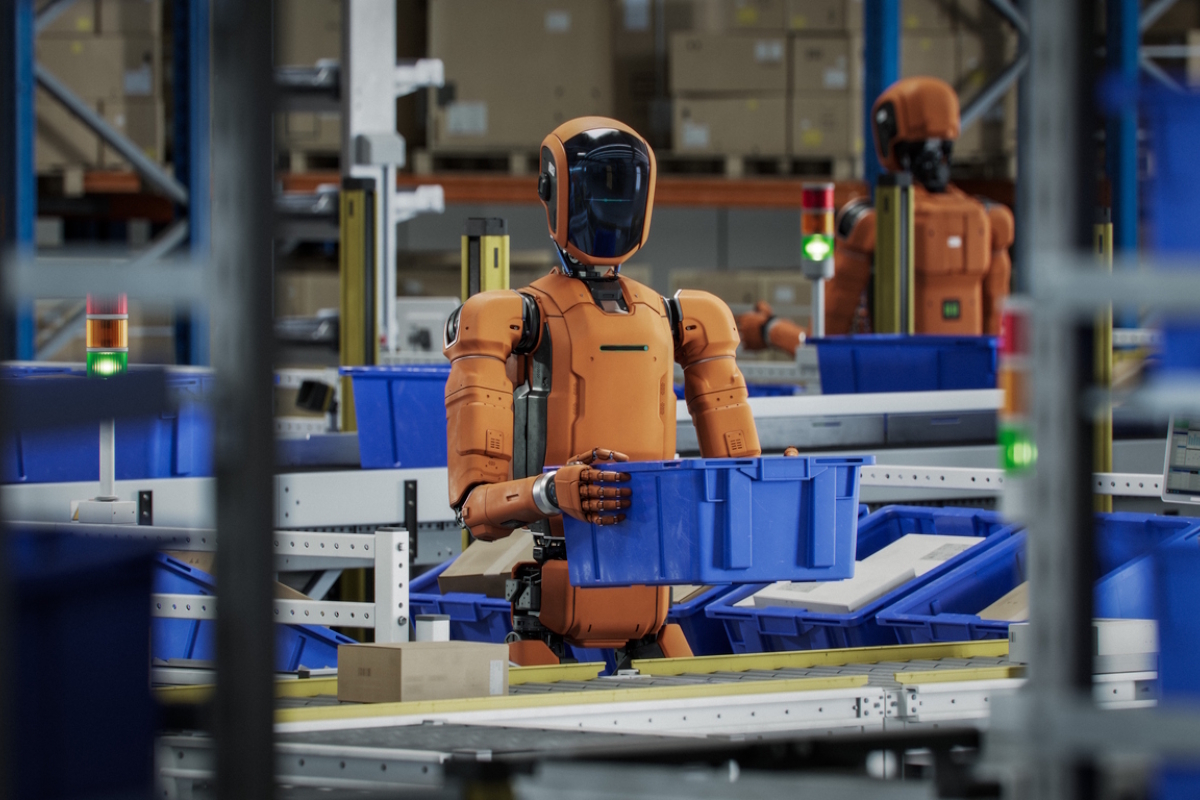Beyond automation
Peter Nebel at AllCloud outlines how to build AI agents that actually think, adapt, and deliver enterprise value

Across industries, a quiet revolution is underway. Workflows once driven by static rules and manual intervention are being reimagined by systems that can reason, adapt, and act on their own. These are not chatbots or automation scripts. They are AI agents, autonomous or semi-autonomous systems capable of understanding context, making decisions, and orchestrating complex, multi-step workflows across an enterprise.
According to recent research, less than one percent of enterprise software applications used agentic AI in 2024. By 2028, that number will climb to 33 percent. This is not just a technology shift; it is a fundamental redefinition of how organisations get work done. The promise is enormous, but so are the pitfalls. Many AI agent initiatives fail to deliver business value because they start with the wrong foundation or overlook essential governance and design principles.
To succeed, enterprises must move beyond proofs of concept and begin designing agentic AI systems that are secure, scalable, and aligned with real business goals. The following six principles outline how to build enterprise AI agents that deliver measurable value rather than hype.
1. Build on the Right Foundation
Every successful AI initiative begins with alignment between technology and business priorities. For AI agents, this means selecting the right framework for your operating model, technical infrastructure, and talent base.
Some organisations thrive on prebuilt, enterprise-grade frameworks that integrate seamlessly with existing business systems, enabling quick deployment with minimal coding. Others prefer more infrastructure-led approaches that provide deep customisation, security control, and orchestration capabilities across diverse environments.
There is no universal answer. The key is to understand your organisation’s ecosystem, security posture, and governance needs. Choose the foundation that complements, not constrains, your strategy. And in some cases, a hybrid model that blends low-code accessibility with deep engineering control may deliver the best of both worlds.
The technology should serve your business outcomes, not the other way around.
2. Treat Data as the Core Ingredient
AI agents are only as intelligent as the data they can access. If that data is incomplete, inconsistent, or outdated, the agent’s decisions will reflect those flaws. Before any agent goes live, organisations must establish a unified, reliable, and well-governed data foundation.
This begins with cleaning and consolidating fragmented datasets, eliminating duplication, and resolving conflicts. It extends to implementing real-time data pipelines that feed accurate, contextual information into the agent’s reasoning process.
Enterprises that succeed in agentic AI treat data quality as a continuous discipline, not a one-time project. They ensure that their agents can see the full picture, react to change instantly, and operate with the same quality of information that a human expert would rely on.
3. Use Retrieval-Augmented Generation
One of the fastest ways to undermine trust in AI is through confident inaccuracy: an agent delivering a wrong answer with absolute certainty. Early generative AI systems were prone to “hallucinations,” making them risky for enterprise use.
Retrieval-Augmented Generation (RAG) solves this problem by grounding generative outputs in authoritative data. Before generating a response, the AI retrieves relevant information from internal knowledge bases or other trusted sources, ensuring that every output is supported by factual evidence.
For enterprise AI agents, RAG is essential. It ensures that every recommendation, action, or decision is traceable back to verified data. It transforms AI from a creative guesser into a reliable decision-support engine. In industries where accuracy and accountability are non-negotiable, such as finance, healthcare, and energy, RAG is the difference between innovation and liability.
4. Redesign Workflows Around Goals, Not Steps
Most business processes today follow rigid sequences: perform step one, then step two, then step three. AI agents operate differently. They pursue outcomes.
Rather than following a static checklist, an agent determines the optimal path based on real-time inputs and changing circumstances. For example, an agent designed to resolve a customer issue doesn’t need to be told exactly which forms to open or which queries to run. It identifies the intent (“resolve the issue”) and dynamically orchestrates the required actions across multiple systems.
To harness this power, enterprises must rethink how they design work itself. Instead of modelling processes as static sequences, they should define clear objectives and let the agent determine the most efficient route to get there. This shift from “how” to “what” is central to achieving true AI-enabled flexibility and scalability.
5. Build Trust with Strong Governance
Delegating tasks to AI agents does not mean giving up control. Human oversight and ethical governance are essential. Without them, even well-intentioned systems can drift into opaque or unsafe territory.
Every enterprise-grade AI deployment should include clear boundaries for what agents can do, under which conditions, and with what level of supervision. Equally important is transparency: users should be able to see why an agent made a particular decision.
Explainability tools, audit logs, and real-time monitoring help build that trust. Continuous evaluation is also critical; models must be retrained and recalibrated as data changes and environments evolve.
Governance should not slow innovation; it should make innovation sustainable. Organisations that embed ethical and operational guardrails early are the ones that will be able to scale confidently later.
6. Partner Strategically for Success
Building and scaling AI agents is not a solo endeavour. It requires expertise across disciplines: data engineering, AI model design, security architecture, workflow automation, and change management. Few organisations possess all of these capabilities internally.
That’s why forward-thinking enterprises are partnering with specialists who can bridge the gap between strategy and execution. The most successful collaborations begin with a shared understanding of business outcomes, not just technical specifications.
A strategic partner can help design the blueprint for your AI ecosystem, ensuring that agentic capabilities are embedded where they add the most value. They can also provide governance frameworks, testing protocols, and continuous optimisation strategies that keep systems reliable long after deployment.
In short, partnership is not just about outsourcing tasks, it is about co-creating the enterprise architecture of the future.
The Future Belongs to the Agentic Enterprise
Agentic AI represents more than the next wave of automation. It is the foundation for a new kind of enterprise, one that operates with intelligence, agility, and self-direction.
Companies that start building these capabilities now will gain an advantage that compounds over time. They will resolve issues before they become crises, personalise customer experiences at scale, and empower employees to focus on innovation rather than routine tasks.
But success will not come from technology alone. It will come from clear strategy, trustworthy governance, and an unwavering focus on outcomes.
The organisations that get this right will not just adopt AI agents; they will build enterprises that think.
Peter Nebel is Chief Strategy Officer at AllCloud
Main image courtesy of iStockPhoto.com and SweetBunFactory

Business Reporter Team
You may also like
Most Viewed
Winston House, 3rd Floor, Units 306-309, 2-4 Dollis Park, London, N3 1HF
23-29 Hendon Lane, London, N3 1RT
020 8349 4363
© 2025, Lyonsdown Limited. Business Reporter® is a registered trademark of Lyonsdown Ltd. VAT registration number: 830519543





